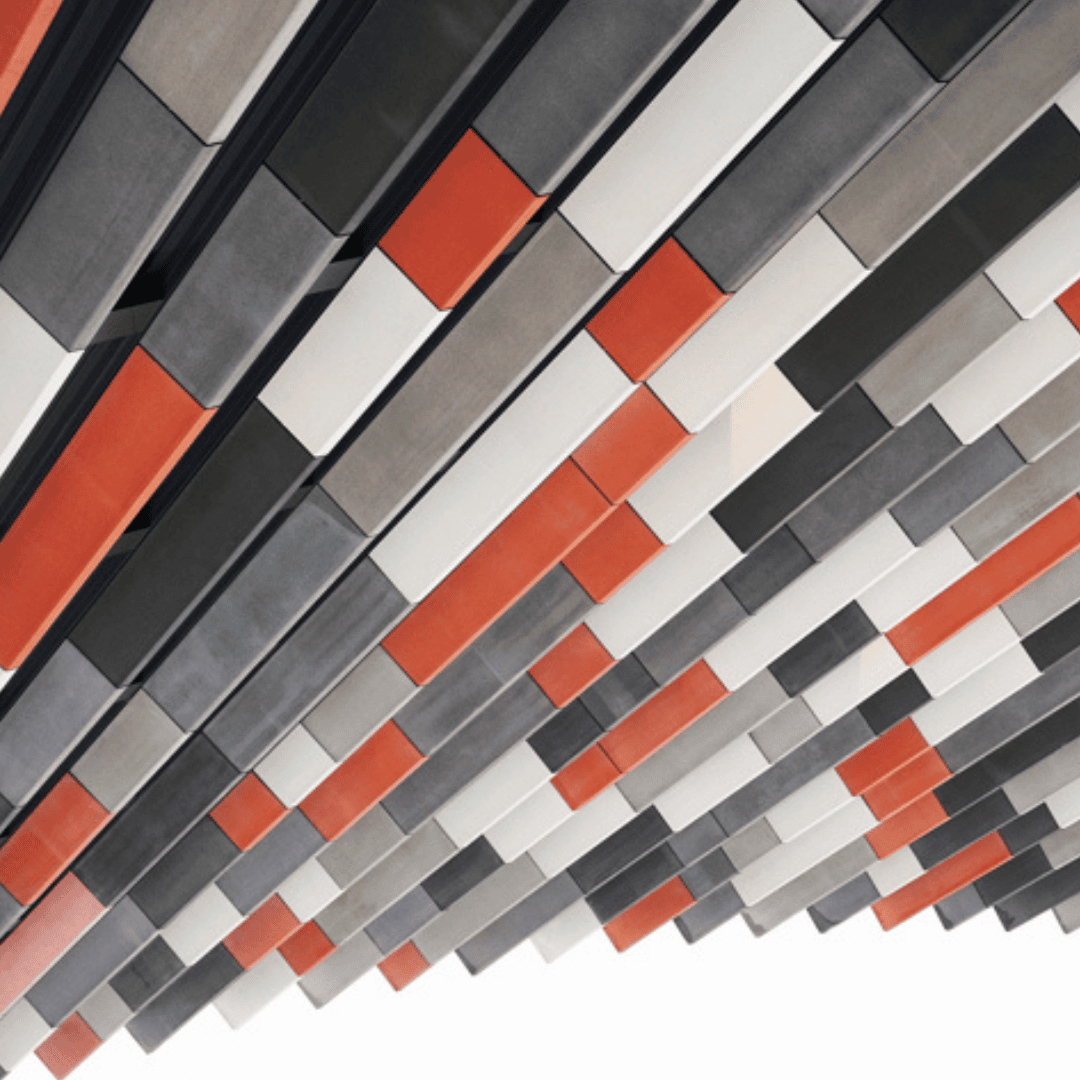The textile industry is facing a revolution amid a more complex trade environment, which is affecting established supply chains, and a drastic change of consumption behaviour, with customers favoring quality over quantity, and local over international production, as well as a strong sustainability commitment from brands.
China’s monopolistic position as a manufacturing hub for international textile brands is being called into question by the new tariff framework with the US. The application of a substantial more than 50% tariff on imports of Chinese goods (as of June 2025) and the scrapping of the tax exemption for small and low-value packages (de minimis rule exemption applying to packages below USD150) would imply a substantial rise in costs that international brands will have to bear, and by snowball effects their customers as well. To counter tariff effects, we expect a likely geographical transfer of manufacturing production capacities from China (+2% CAGR of revenue for 2026-2028) to the profit of some of its neighbours with a well-identified know-how in the textile industry, such as Cambodia, India and Vietnam (revenue upside of over 10%). While Asia remains the most favourite region among international textile corporates for manufacturing tasks, thanks to its strong cost/efficiency profile, we do see room for some nearby reshoring in Eastern Europe (+3%) and/or Latin America (+4%) to reduce supply-chain vulnerability to global trade and geopolitical conflicts.
In Europe, the textile outlook looks bleak as luxury brands are short of new growth levers as demand from China stumbles. Moreover, the deterioration of quality in recent years has called into question the strong inflation of prices observed since the pandemic. The rising popularity of the second-hand market and well-made fakes among younger generations also hurt the luxury industry, as much in terms of lost revenue as in reputation. To break the downward spiral, luxury brands could decide to refocus further on the “grey” generation to catch opportunities from the aging population trend, while diversifying revenue sources by investing further in the Middle East, which is the region with higher growth potential over the next three years (CAGR +9%). Amid downward catalysts, we also see a gradual shift in consumer behaviour in Europe – supported by European authorities – whose purchase decisions are now more driven by ethical and sustainability aspects. The choice to favor quality and to buy less but better is also expected to impact selling volumes in the region in the upcoming years, leading to a negative outlook for revenue (-2% CAGR over 2026-2028).
We also expect a negative outlook in the US (-1%) that mostly results from the deterioration of the trade relationship with China, and the extra-cost to bear for the industry due to higher import tariffs. The tightening of the regulatory framework on low-value shipping will temporarily hamper the penetration of online Chinese marketplaces specialized in fast-fashion items, or at least hurt their competitiveness against local brands. Even though not substantially material, the rising inflation perception might also weigh on textile demand in North America.
At the industry level, to cope with a very likely rise of costs resulting from a relocation of production capacities closer to end markets, and an overhaul of sourcing and inventory strategy, we will likely witness a stronger push of marketing investment into the digital channel whose revenue could slowly compete with that recorded by physical stores. The implementation of new technology and specifically AI-powered tools should help the industry to improve cost management and logistics efficiency by detecting in advance new purchasing trends and identifying top customer preferences.
Amid potential industry trends to monitor, we expect the sneaker market to continue slowing down, to be replaced by a growing interest in smart clothing but also accessories that both help in fulfilling customer needs for a stronger personalization of products. The quiet luxury movement could remain popular among the 35-50 age group, but also increasingly among the 50+ segment that has distanced itself from brands that have been targeting younger customers. Within the new complex trade framework, we see opportunities for new joiners with strong local roots and innovative products to emerge, thanks to a deficit of strong barriers to entry in the industry and customer loyalty toward historical brands.







